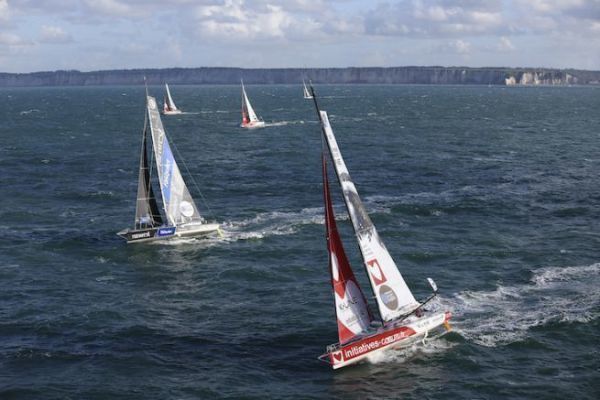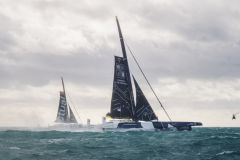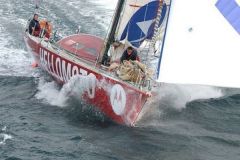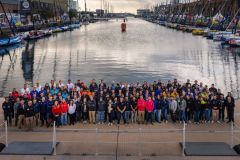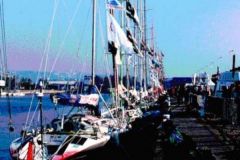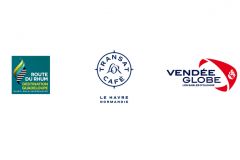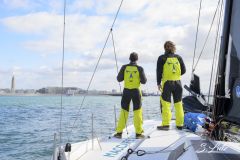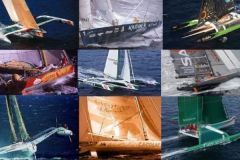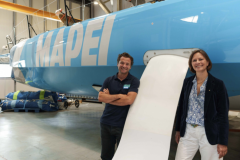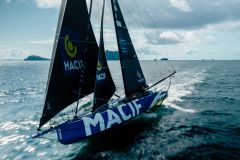The route of the clippers that import coffee
On October 26, 2025, the 74 duos in the Transat Café l'Or will set sail from Le Havre towards the West Indies. They will follow the same route as the 18th and 19th century ships that carried coffee from South America to the port of Le Havre, Europe's leading coffee port in the 18th century. But in the opposite direction.
The first coffee beans were landed in Normandy in 1728, by clippers bringing back to France products from the colonies: coffee, cocoa, cotton... These three-masters, typical of the 19th and early 20th centuries, were used to transport perishable goods as quickly as possible, relying on their imposing sails and tapered hulls. Each voyage brought 400 tons of coffee from the Brazilian coast to Le Havre. Called "Les Hirondelles de Rio", these sailing ships were built in Le Havre.
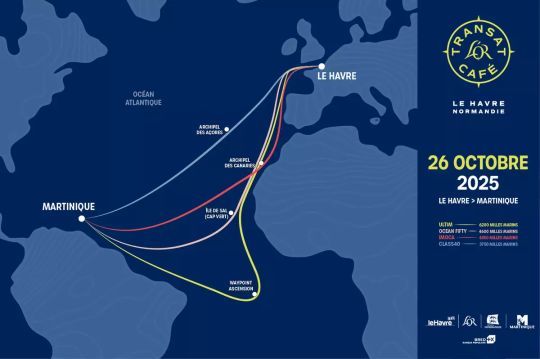
Le Havre, Europe's largest importer of coffee
Back then, and since 1815, le Havre is Europe's biggest coffee importing port, for both storage and distribution. At the end of the 19th century, up to 780,000 bags of coffee were unloaded here every year. At the beginning of the 20th century, the Normandy town became the largest stockholder of coffee, with 100âeuros000 tons imported.
The coffee imported from Brazil was then sorted in warehouses by hundreds of sorting machines, who removed the broken or unusable hulls.
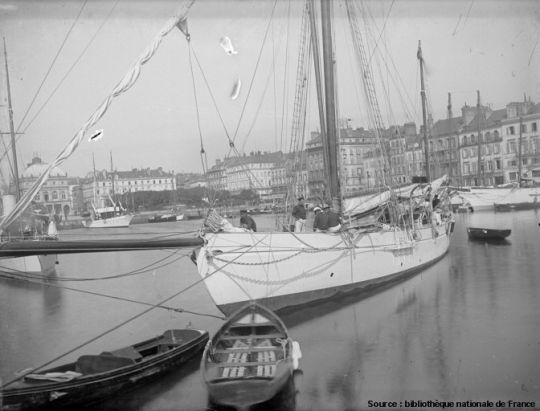
A local fortune
Local coffee merchants soon made their fortunes and gained a certain social recognition, enjoying a certain status in Le Havre. Numerous coffee houses were founded, such as Jobin & Compagnie, in 1871.
At the end of the 1970s, there were around forty coffee houses in Le Havre, while today only Jobin & Compagnie remains. Nevertheless, Le Havre continues to import coffee, always from Brazil, the world's leading producer, but also from Africa and more recently from Asia.
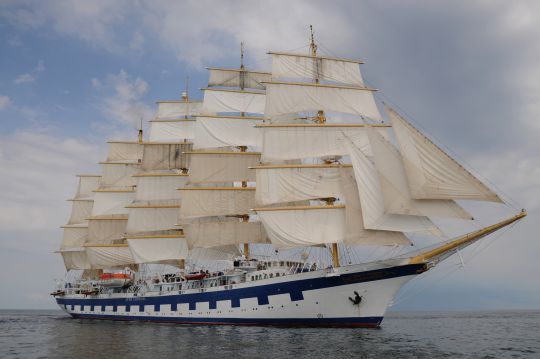
Le Havre, New York's rival
But Le Havre doesn't just import coffee. The city also boasts Europe's largest international coffee exchange, rivaling New York. Every day, transactions set world prices for the various varieties of coffee.
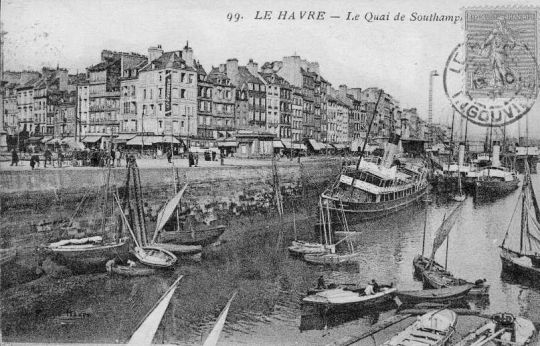
War and coffee
In 1944, after the 6-day Allied bombardment, 3,500 civilians were killed and the town center was completely destroyed. The café traders who had fled the city during the exodus never returned, and Le Havre had lost some of its splendor. Although the café no longer occupies the dominant position it once did, the closure of the market in 1944 meant that the coffee houses had to close down. Nevertheless, Le Havre remains France's leading coffee port.

 /
/ 